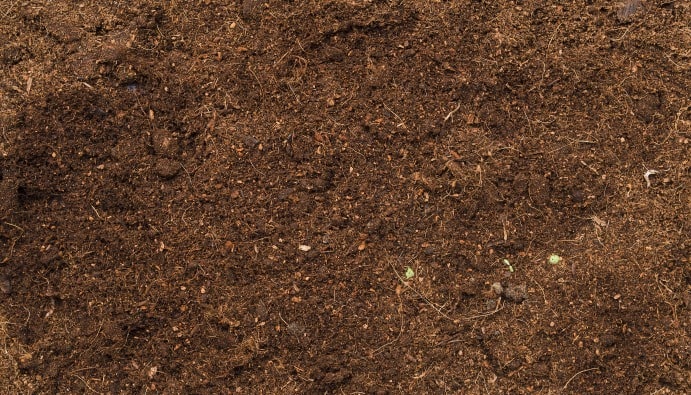
BLOG
KATEGORİDEKİ DİĞER YAZILAR

Treatment plants generate tons of sludge at the end of processing. Treatment sludge may contain heavy metals, bacteria, viruses and hazardous chemicals and may cause environmental pollution. In this case, appropriate disposal methods should be used for treatment sludge. Sewage sludge is a by-product of wastewater treatment plants and can often be utilized for agricultural uses. Since this sludge contains many nutrients, its phosphorus content is particularly important. Phosphorus is an essential nutrient for plant growth and plays an important role in soil fertility.
In terms of environmental engineering, many evaluations are made in sewage sludge. In this context, many sewage sludge analyzes are carried out in Nanolab Environmental Analysis Laboratory. One of the analyzes performed in sewage sludge is Phosphorus Determination.
Phosphorus is a vital nutrient for plants and increases productivity in agricultural applications. Phosphorus in sewage sludge is usually found in the following forms:
Uses and Effects
Determination of phosphorus in sewage sludge is essential for an accurate environmental assessment and appropriate agricultural practices. Phosphorus analysis is usually done using chemical extraction and color reactions. Here are some of these analysis methods:
1. Acid Extraction Methods: It is carried out to determine organic and inorganic phosphorus in sludge.
2. Colored Complex Methods: It is aimed to analyze phosphorus by the principle of forming a colored compound in solution. The phosphorus compound is bound to the reagent in the form of molybdophosphoric acid in an acidic environment and measured spectrophotometrically.
3. Elemental Analysis (ICP-OES or ICP-MS): Used for sensitive and precise quantification of phosphorus. The ions of phosphorus are determined by inductively coupled plasma mass spectrometry or optical emission spectrometry.
Determination of phosphorus in sewage sludge should be carried out in accordance with relevant national and international regulations. Here are some important regulations:
Nanolab Laboratories Group continues to provide services within the scope of Phosphorus Determination in Treatment Sludge. We also provide services in Waste Analysis.
Contact us for more information.
You can follow us on LinkedIn for up-to-date news and posts about our services.
Follow our Instagram account to be informed about our latest blog posts.